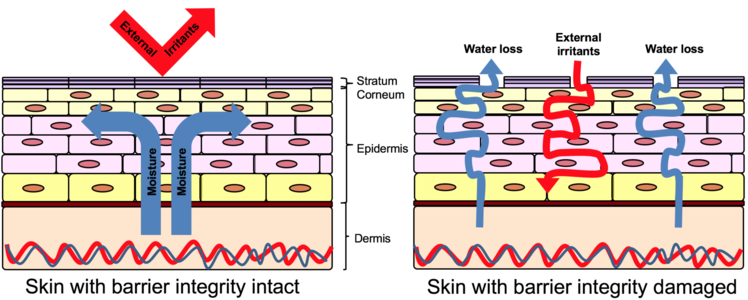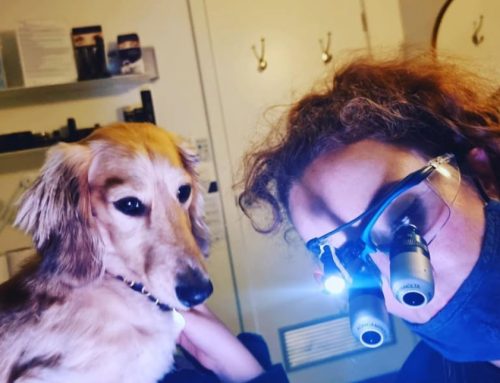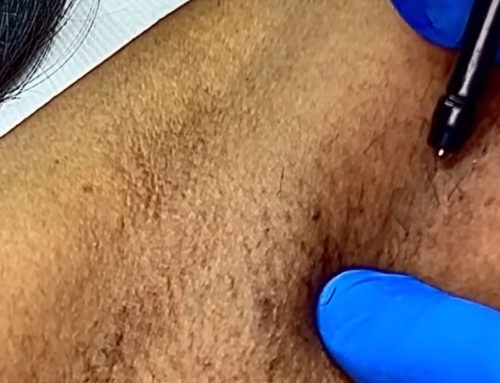
Picture credit: skinetrate (see below)
No TEWL is not the fabric on a wedding dress. ?
It’s the process of WATER that’s evaporated out of the skin (from deeper layer -> outside skin) resulting in less hydration ? and not feeling nourished enough ever. The irritants from external factors will damage the skins integrity which will mean water loss is higher. This is a domino affect because lacking in hydration will generally mean more inflammation and sensitivity. In turn more problems like pigmentation or pimples or lack lustre skin, because the skin is so inflamed.
(Trans Epidermal Water Loss)
How do we stop this? – click this link to get down to it!
Using quality ingredients is probably the first thing to say. All the while of cleansing and exfoliating, keep the hydration and nourishing going, the deeper the exfoliate the more you will need, keeping the pH levels is important. Add in serums high in antioxidants, under your moisturiser, hydrating mists or serums. Antioxidants help to fight free radicals that get into the skin and destroy it. Keep Vitamin B3 (niacinamide) levels high, niacinamide helps skin barrier. Add in oils or balms which often contain essential fatty acids which cover your cells in lipids. This layering of mists and serums and nourishing creams will help, don’t feel you need to have 5 step routines every night, as long as they are going onto the skin, even every 2nd night (or once a day) like a drip feed, then that’s the main thing. Keep it up.
There are other factors which determine how much water is lost. According to Science Direct “the average TEWL in human is about 300–400 mL/day; however, it can be affected by environmental and intrinsic factors.” Weather (dryer weather or windy), medications and things like heating. You know how it is when you go to humid environments, your skin feels duey and lush! or it may make you feel like an oil slick. Dryer environments however will rob you of your water content more quickly.
If you have dryer skin is is super important to take more care, oily skin luckily has more of a natural moisturiser. “Dry skin shows enhanced transepidermal water loss and reduced water-binding capacity. Patients may also have decreased ceramide levels in their skin, resulting in reduced water-binding capacity” – Mark Boguniewicz, in Middleton’s Allergy Essentials, 2017 (Science Direct).
REFERENCE:
https://www.sciencedirect.com/topics/agricultural-and-biological-sciences/transepidermal-water-loss
Picture from : http://www.skinetrate.com/transepidermal-water-loss.html





